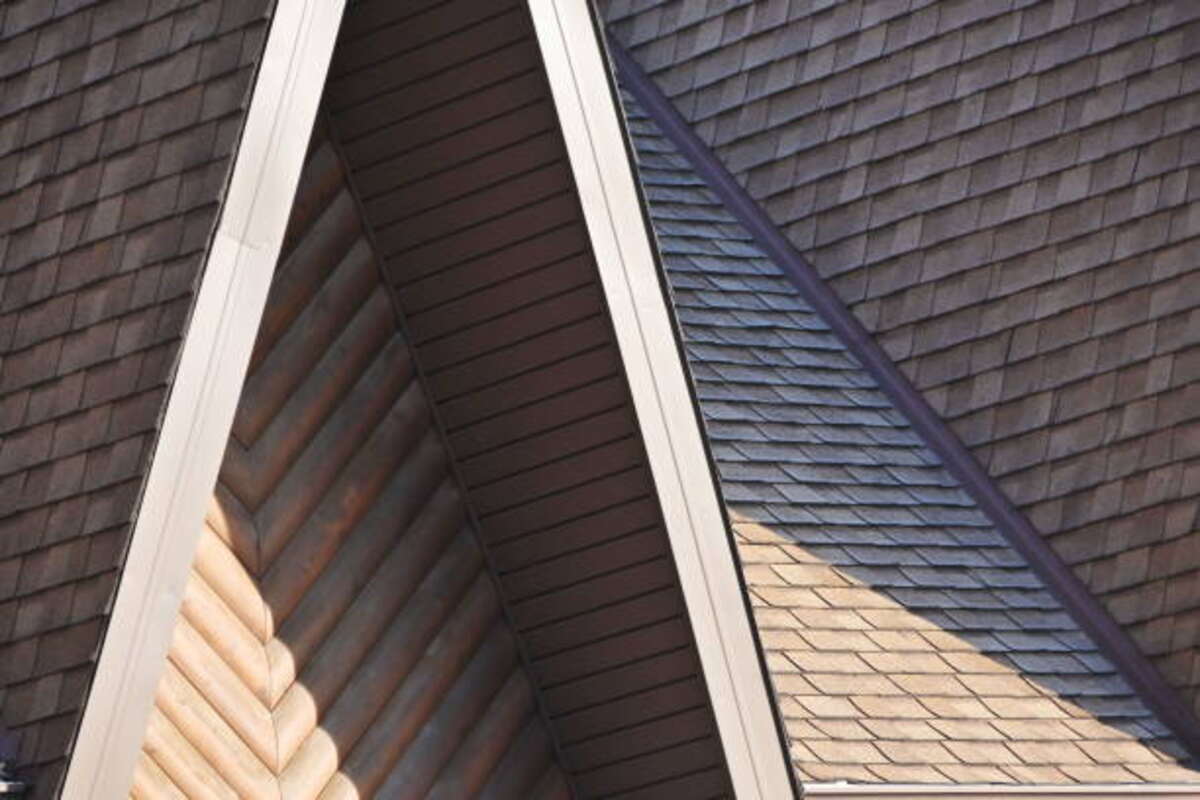If the flashing around your roof is done well, your roof won’t leak.
As a homeowner, you should know the best ways to track down the water leak on your roof. Learning about roof flashing, the most common source of leaks will help you avoid wasting money and time. Galvanized steel, vinyl, copper, and aluminum are common materials for these items. Most flashing products are made with easy installation in mind. They have a long lifespan and prevent roof leaks if placed correctly.
Roof flashing adds another layer of protection to vulnerable areas of a roof. Chimney and skylight flashings, roof valleys, soil stacks, vent pipes, and the joint between the roof deck and dormer walls are all protected.
You understand that your flashing material must function in tandem with the many other roofing components. Sheathing, underlayment, roofing material, roof intersections, ventilation, and flashing are all roof components. Each component must be placed correctly for the system to work well and strengthen the roof’s waterproof barrier.
However, your roof’s components are vulnerable to normal wear and degradation because of expansion and contraction caused by weather variations. Typical faults might be seen if roofing flashings are fitted incorrectly.
The damaged seals that hold the roof flashing around your chimneys and vents can be easily chipped away and replaced with roofing cement. The flashing should then be restored and sealed until it is dry. Cracked sealant, slack clamps, mismatched materials, inefficient or absent scuppers, and loosened fasteners are all potential sources of flashing issues on a low-slope roof.
The materials failing, the fasteners not being sealed, the overexposure, the loose, misaligned, or missing nails, the overlaps not being alternated, and the rusting are all potential issues with the hip and ridge flashing drip edge. Open tops, lots of rust, damaged, exposed, and missing fasteners, improper vertical alignment, inappropriate material, the wrong size, the top of the flashing, and the bottom being buried are all common issues with plumbing vent pipes and stack flashings.
Chimney flashing problems include a lack of or improperly installed pan; a cap flashing that is too short; a cricket that is missing, loose, or damaged; seams that are open, patched, damaged, or loose; missing base or cap flashings; missing top, bottom, or side flashings; inadequate overlap on base or cap flashings; rust; and short, improperly set side base flashings, which can cause water to leak around the chimney.
Above eave protection, above underlayment, closed cut valleys not trimmed 2 inches back, closed valleys with inappropriate material, unwidened bottom, exposed fasteners, metal pieces are too long, windows used as a skylight, uncut points, wrong application, rust or rotting materials, no upstand or edge break, shingles not sealed to metal, loose, patched, damaged, open seams, wood joints break into valley, wrong, inc.
Typically, there is a gap or discontinuity where the flashings on the roof and walls meet. Thanks to the base flashing system, the water shouldn’t be able to go inside the house. The purpose of counter flashing is to direct water running down the wall, up the roof, or into the base flashing. All membrane roofs benefit from a counter flashing that can be removed for maintenance and repairs.
If water is entering through your roof’s flashing, you should have it fixed or replaced by a professional roofer. Make sure it gets checked, cleaned, and maintained regularly!
I’m Fem Mascenon, and I create articles about steel roofing costs (http://www.steelroofing-costs.com) based on extensive study. Check out the information I’ve compiled to save time and money on a steel roof.
Read also: Tools & Equipment For Drywall Installation.


